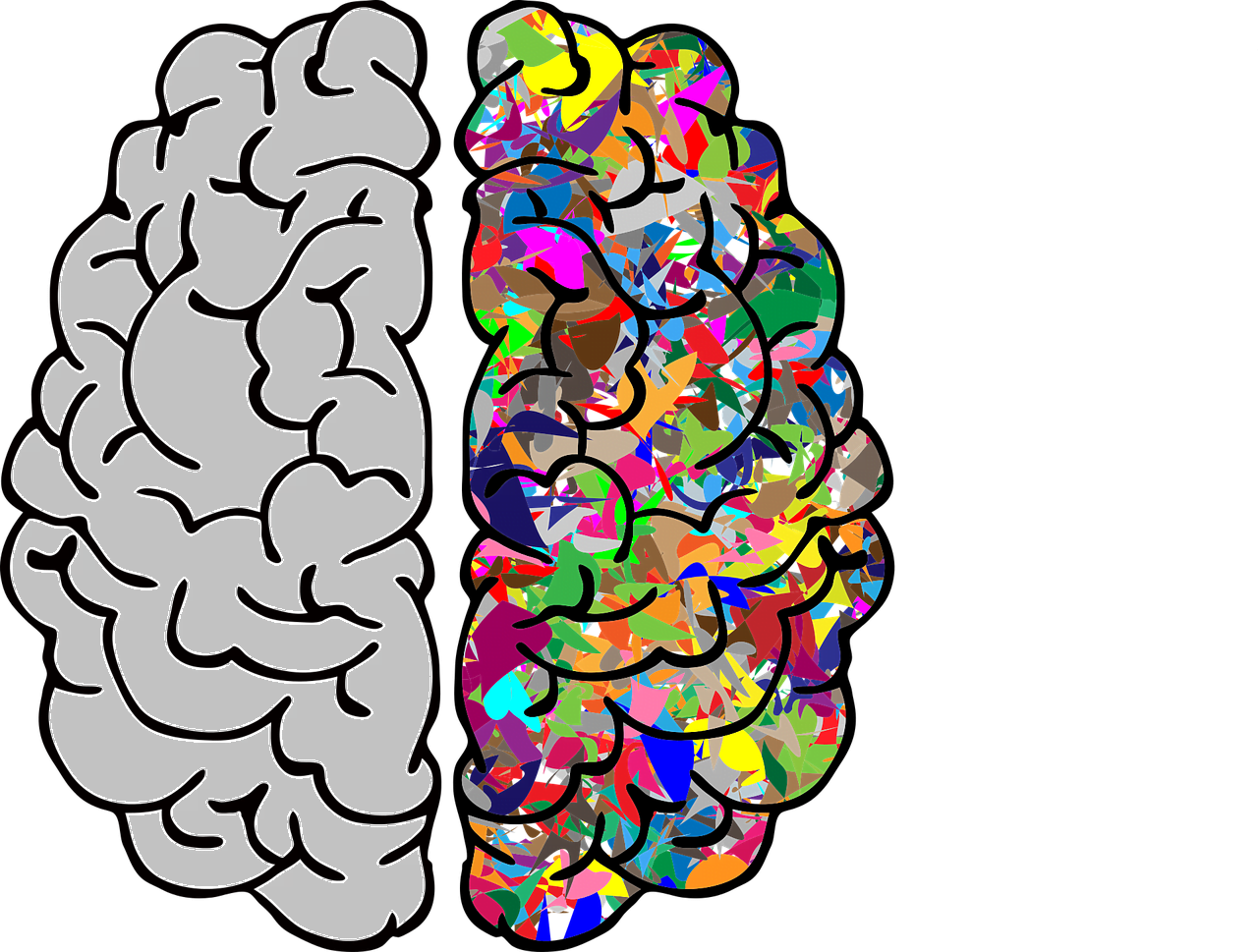As society evolves, so does the public’s views on traditional policies and practices. Over 50% of workplaces still drug test, with many of those being government jobs. There are laws that mandate certain companies to maintain a drug-free workplace but don’t necessarily require drug-testing. With the legalization of marijuana, changes to drug testing legislation, and the changing views on the treatment of drug addiction, HR is faced with a big challenge. How to create a policy that minimizes risk on all fronts.
When did drug testing begin?
The history of drug testing starts with Nixon declaring a War on Drugs in the 1970s. It aimed to curb the drug use culture that the sixties became known for. In 1988, Ronald Reagan passed the Drug-Free Workplace Act. It requires federal employees, federal contractors, and any recipients of federal grants or contracts to maintain a drug-free workplace. The law does not require drug-testing but allows it as a tool for meeting the law’s regulations. Even though the policy only applies to federal entities, private and public institutions followed suit and began pre-employment and random drug testing.
Since then additional laws and rulings have come about to make drug-testing more complicated.
The Department of Transportation (DOT) does require drug-testing for employees in safety-sensitive jobs. It includes testing for both illegal substances and alcohol. Additionally, the Occupational Safety and Health Administration (OSHA) confirmed in 2018 that it is acceptable to drug test post-accident. Though, just three years ago OSHA advised employers needed to show that drug use contributed to the resulting accident to conduct a post-accident drug-screen.
ADA should also be a consideration here. The Americans with Disabilities Act does not allow the discrimination of employees who are recovering and rehabilitated drug addicts or alcoholics. Additionally, if an employee is using a drug for medical treatment, they may have a disability that is protected. Marijuana is now medically legal in the majority of the 50 states. It’s very possible your strict termination or no hire policy could be viewed as a disparate impact on people with disabilities.
States and local city laws make it exponentially more complicated
Many states have laws in place that provide guidelines around drug-free workplace policies and how drug testing is to be administered. None of these current policies specifically restrict drug-testing. Requirements include written drug-testing policies, using only state-approved labs, or prohibiting disciplinary actions without a second positive test.
With the legalization of marijuana becoming more popular, some states are taking more specific actions. NYC city council recently passed a bill restricting most employers from conducting pre-employment drug screening for marijuana use. If signed into law by the mayor, it would be the first legislation to specifically prohibit drug testing.
Last year, Maine enacted strict drug-testing guidelines after it legalized the recreational use of marijuana. They include employer drug-testing programs requiring prior approval by Maine DOL and prohibits discrimination of employees for the use of marijuana. Employers are not allowed to terminate employment or not hire a candidate solely based on cannabis use.
Privacy concerns should also be a factor
One last concern for employers when looking at their drug-free workplace policies and practices around drug-testing are privacy laws. Under California law, random drug testing can infringe on privacy rights. Drug tests do not just show current drug usage, but any drug use during the window of detection. That can be as little as a couple of days or months, depending on the frequency of use, body weight, the drug used, the type of test, and many others. Additionally, drug tests results are considered a medical examination and need to be handled sensitively according to CA law and HIPAA.
Federal, state, and local legislation do not make it easy for employers to navigate the drug-free workplace. Unfortunately, those aren’t the only factors to consider. Pre-employment drug screening, especially for cannabis, may deter talent from your organization. This may not be beneficial with today’s skilled labor shortage. Society is also shifting away from a criminalizing view of drug abuse. Strict termination policies can be seen as insensitive and may do more harm than good to the individual. Additionally, drug testing only specific groups could create a perception of disparate impact.
At the end of the day, be mindful about your policies, do your research, and seek counsel. Determine what’s best for your organization and your workforce. Look for creative solutions that are people-centric, like employee assistant programs. This gray area is not going to get any easier to navigate anytime soon.
Managing your data, metrics, and analytics do not have to be as convoluted as creating your drug-free workplace policies. An HR dashboard makes it easy to track workforce trends so you can provide proactive solutions. It calculates your data and displays your metrics in easy-to-understand visualizations. Sign up today for a free demo of our HR dashboard.












